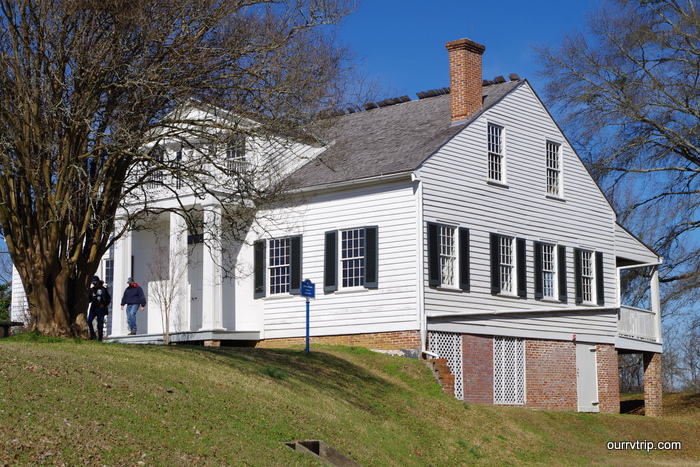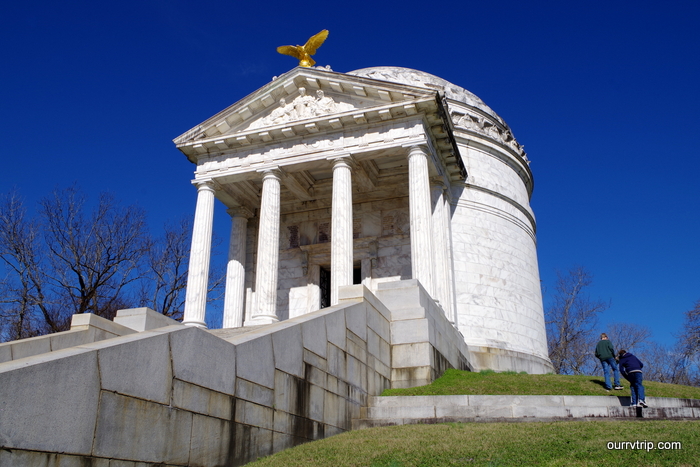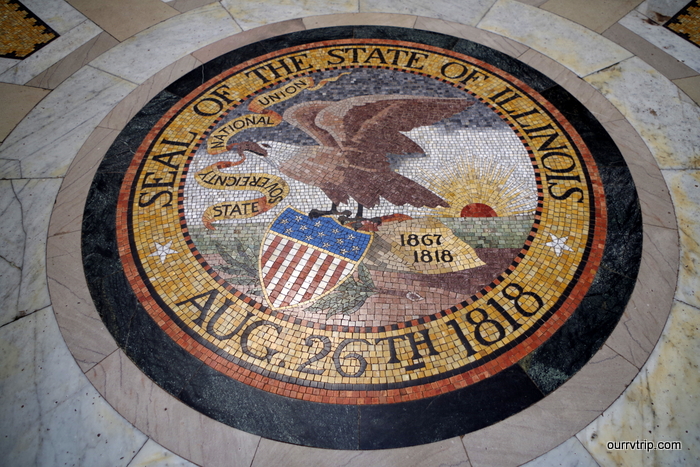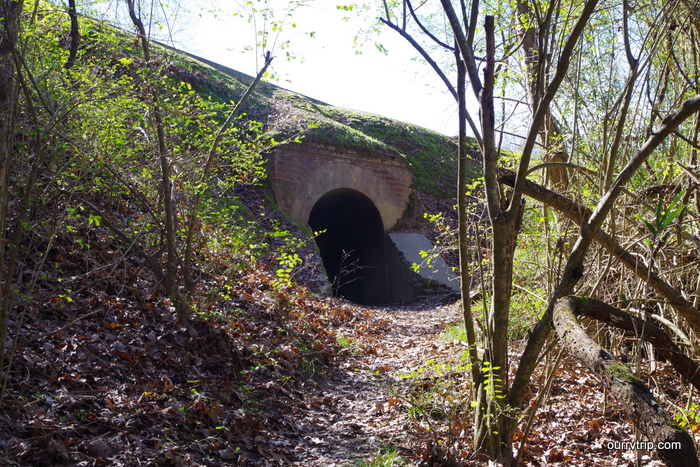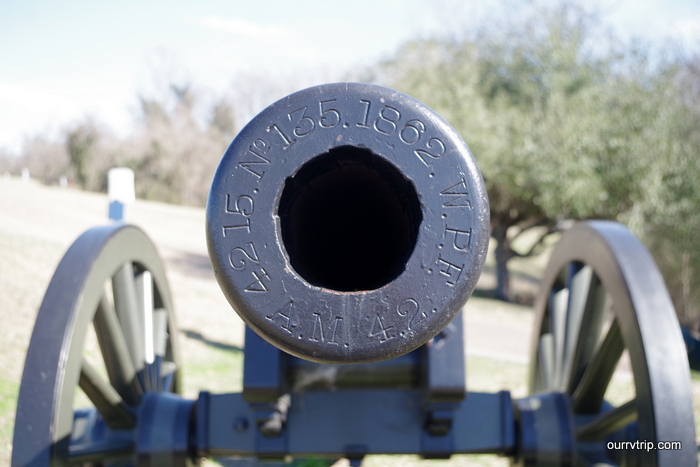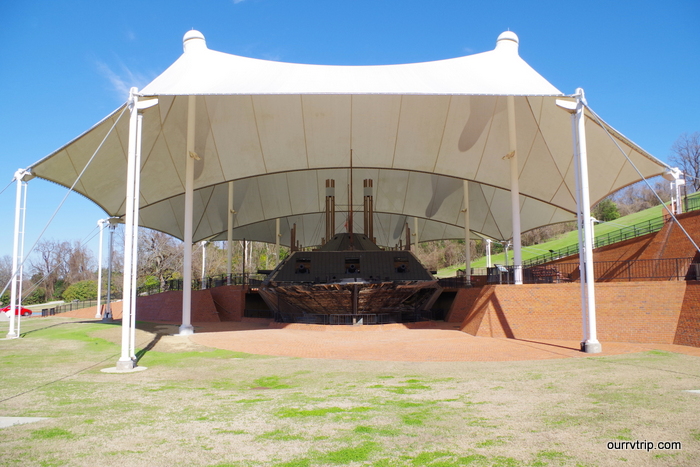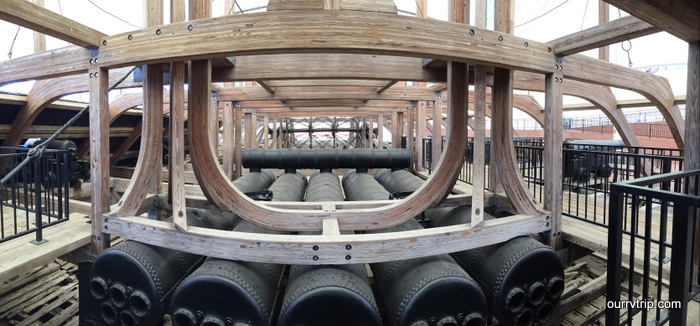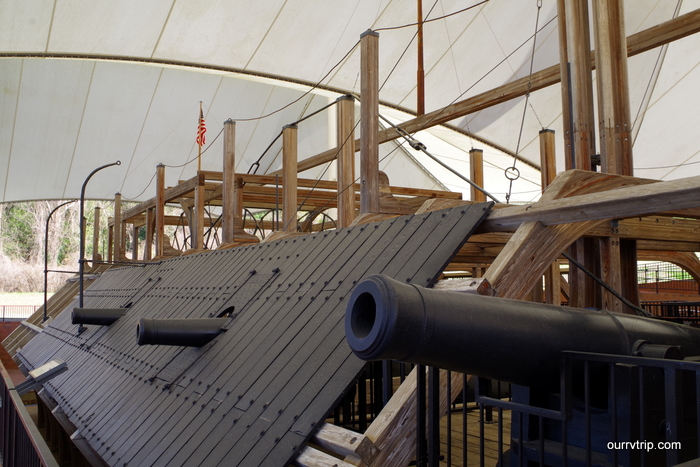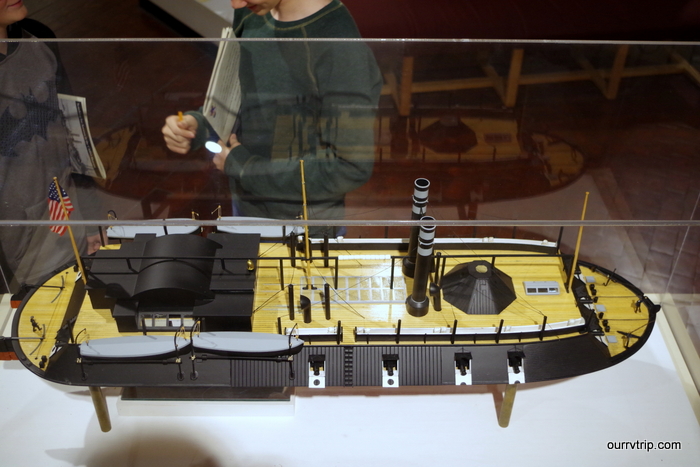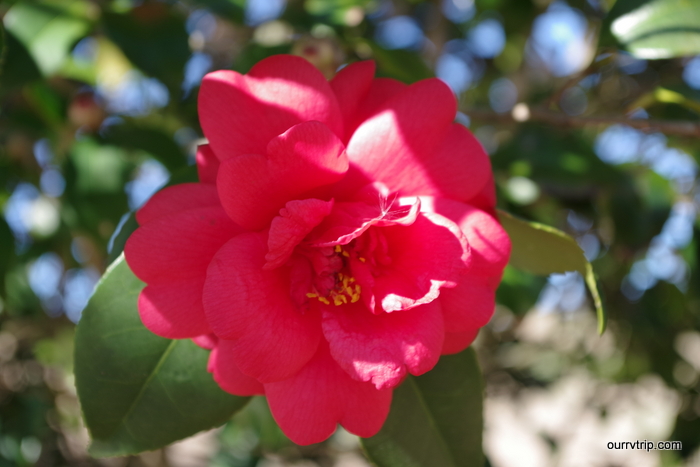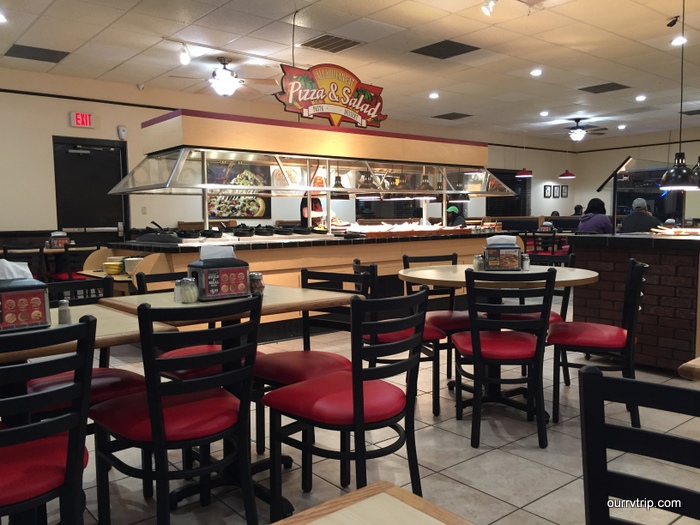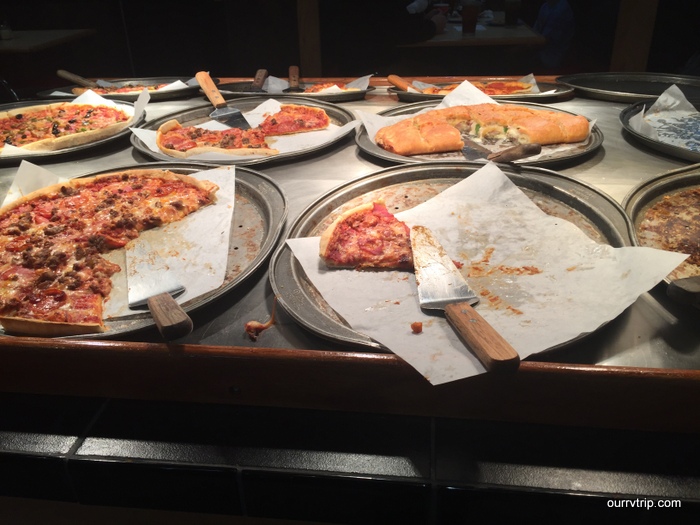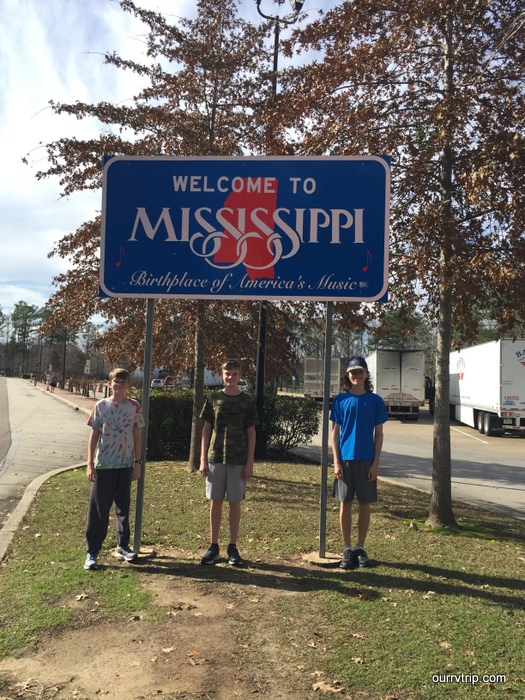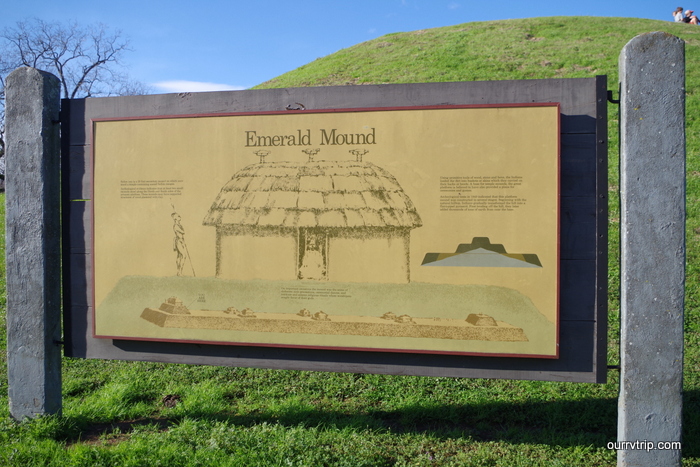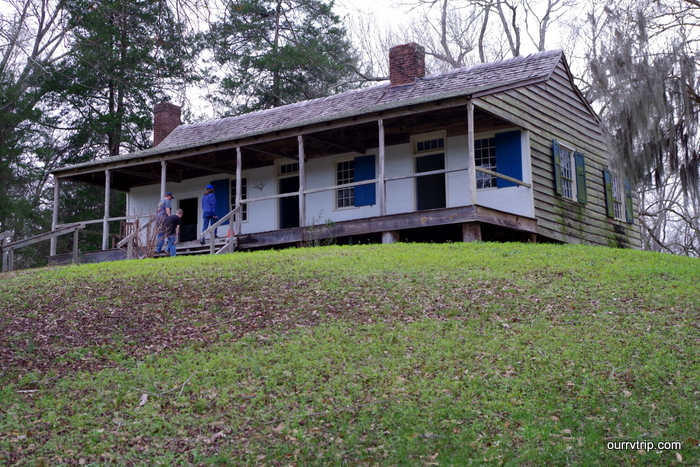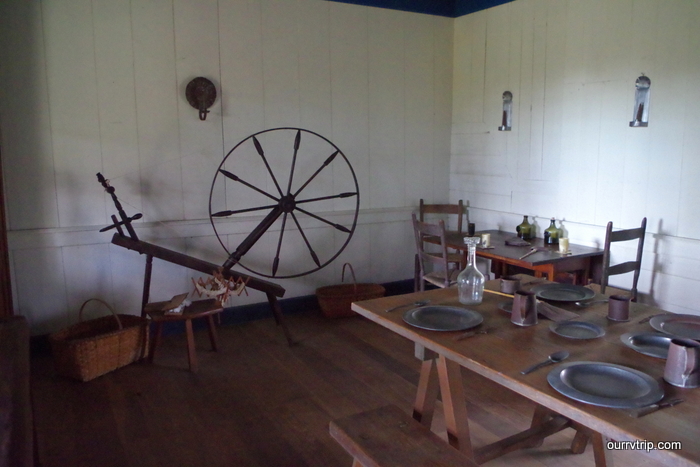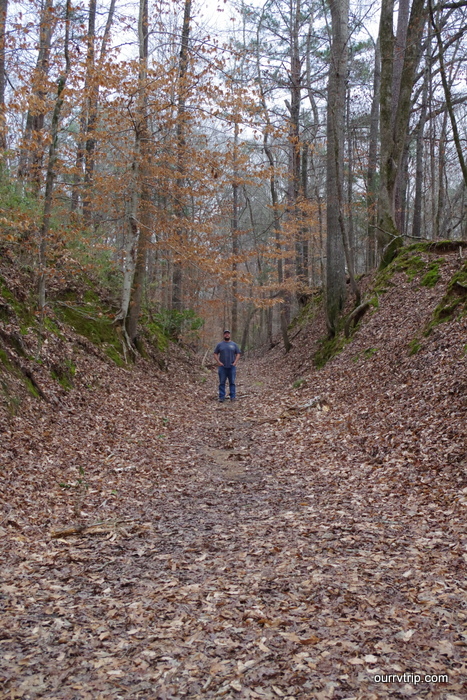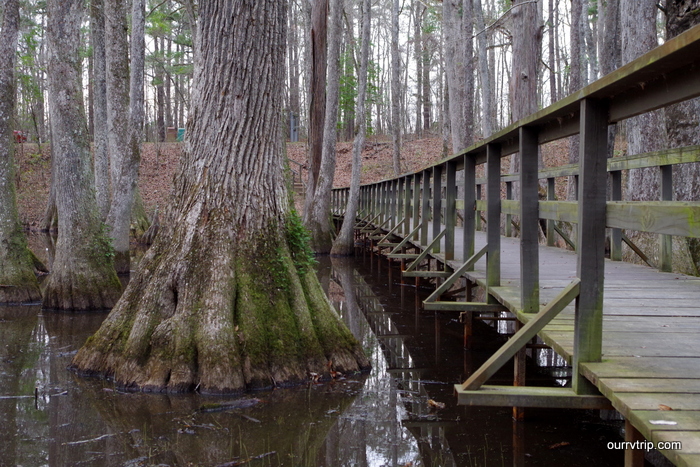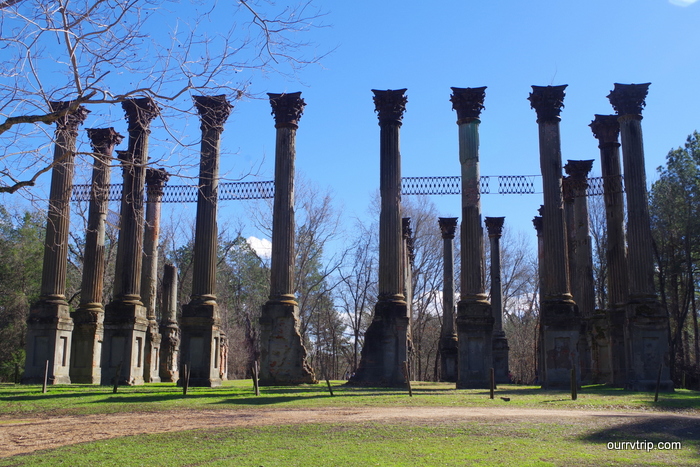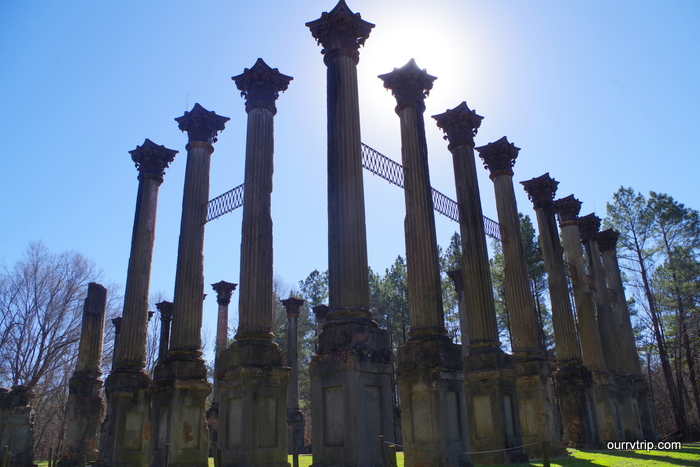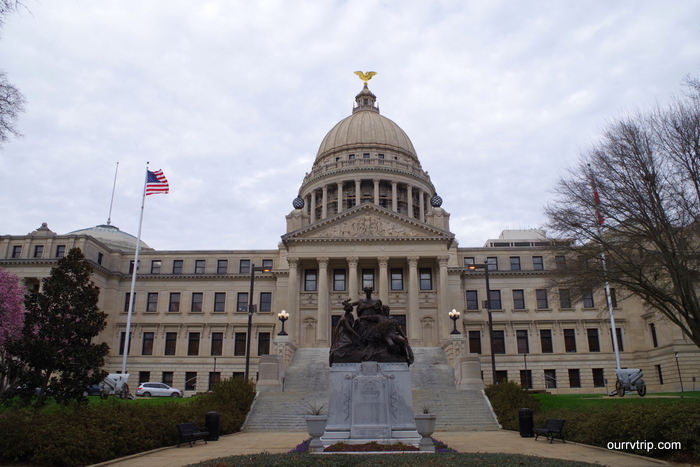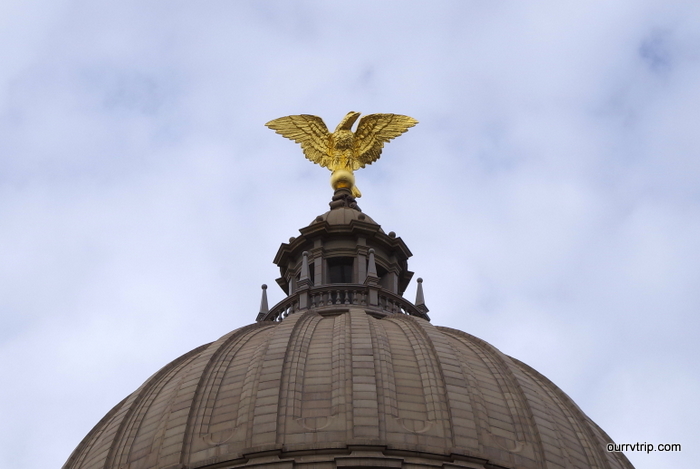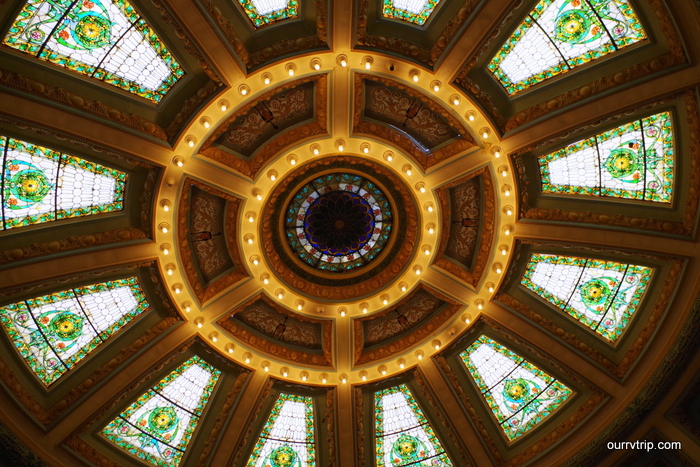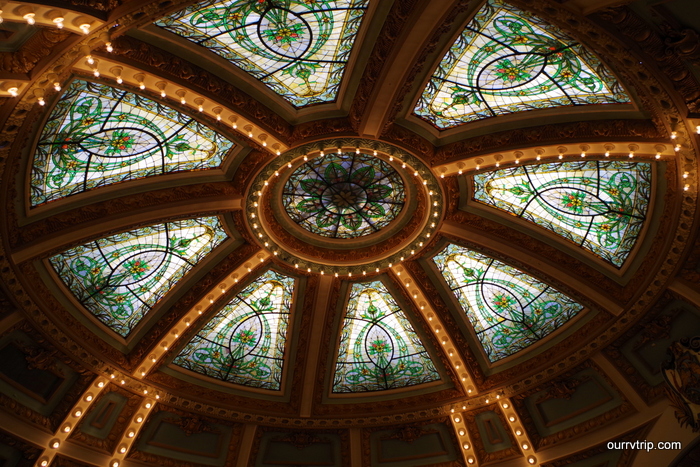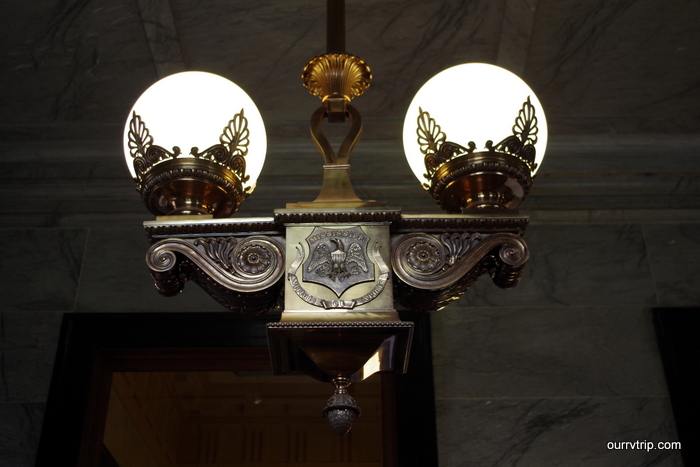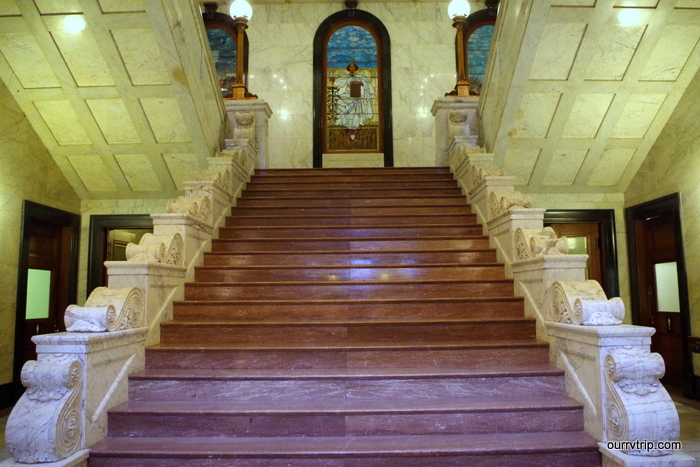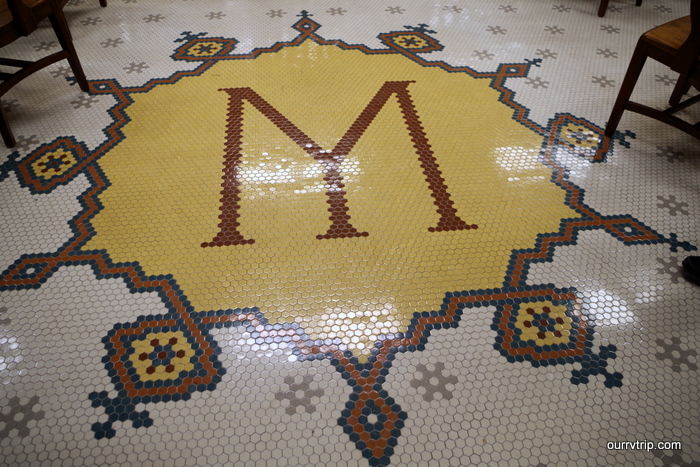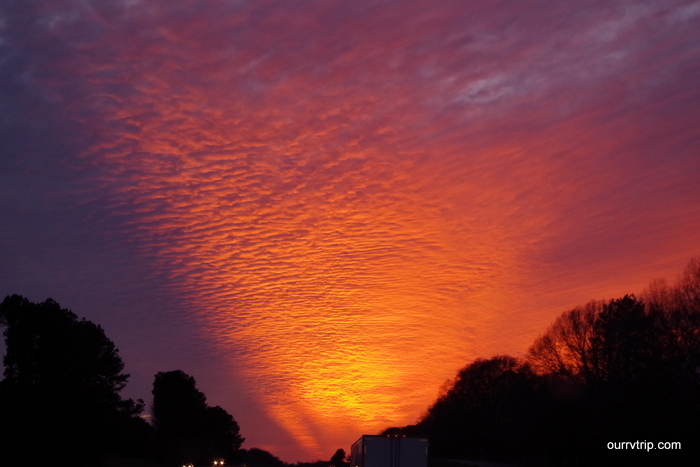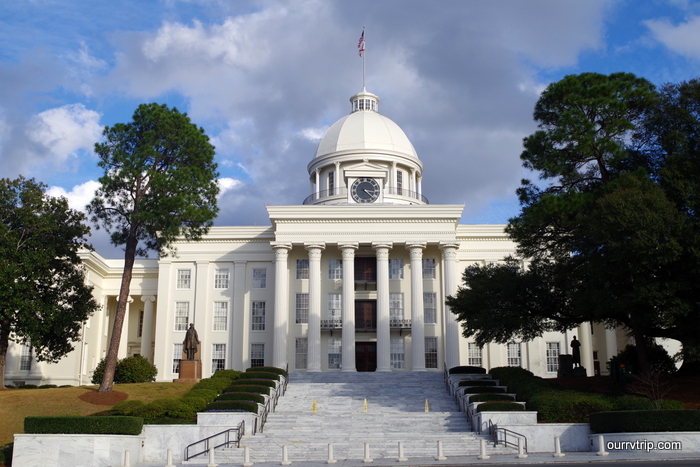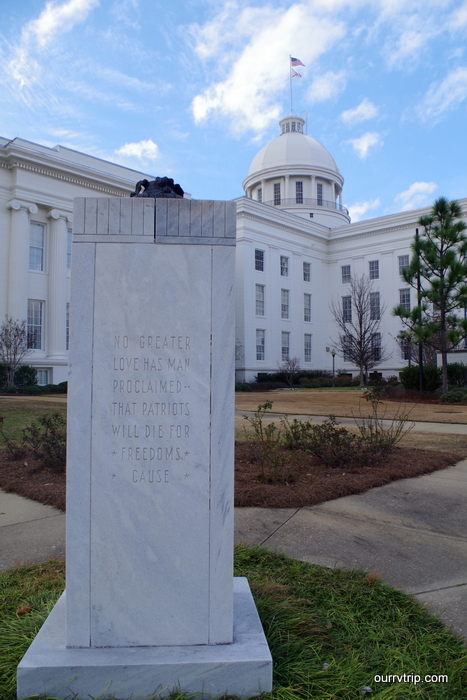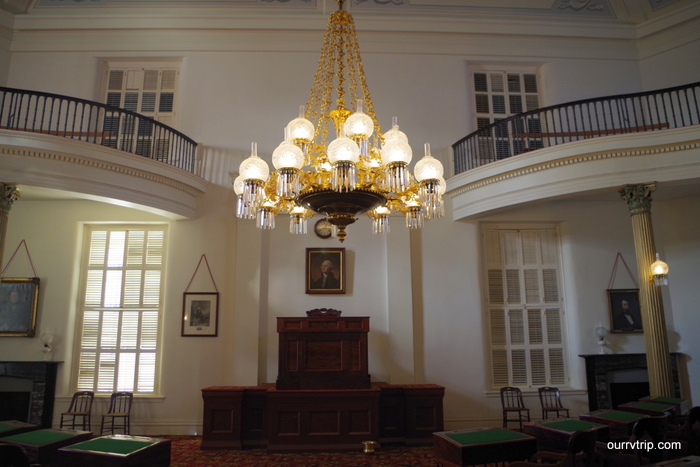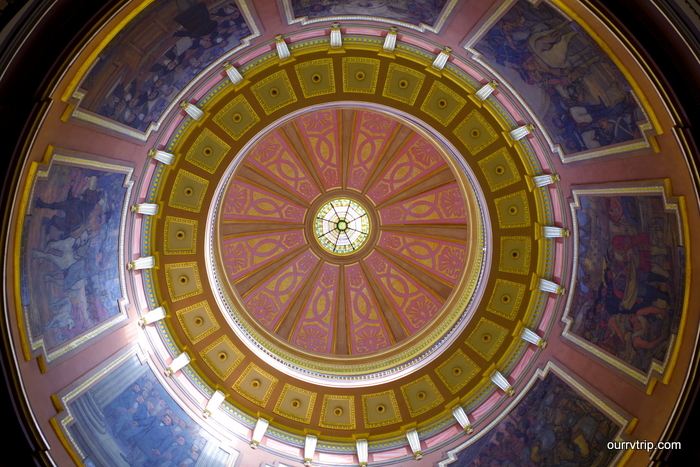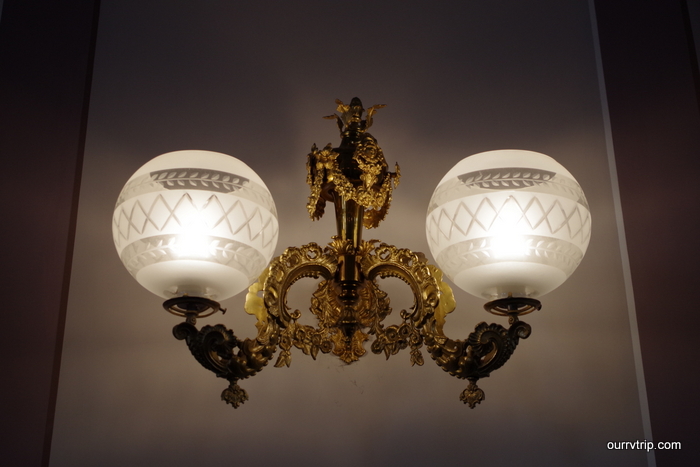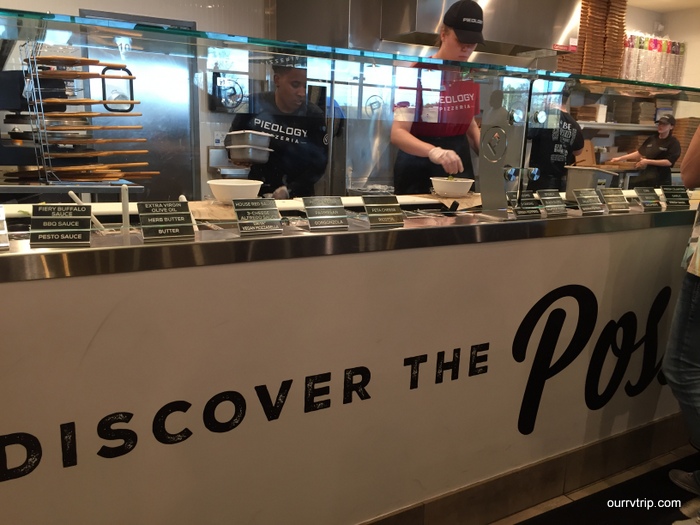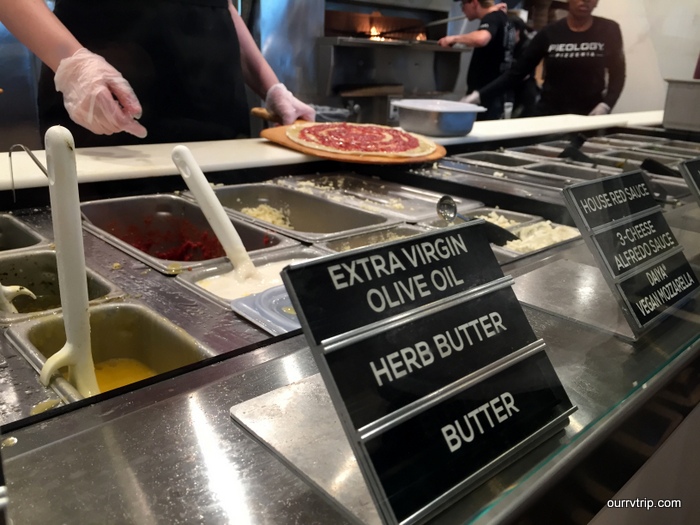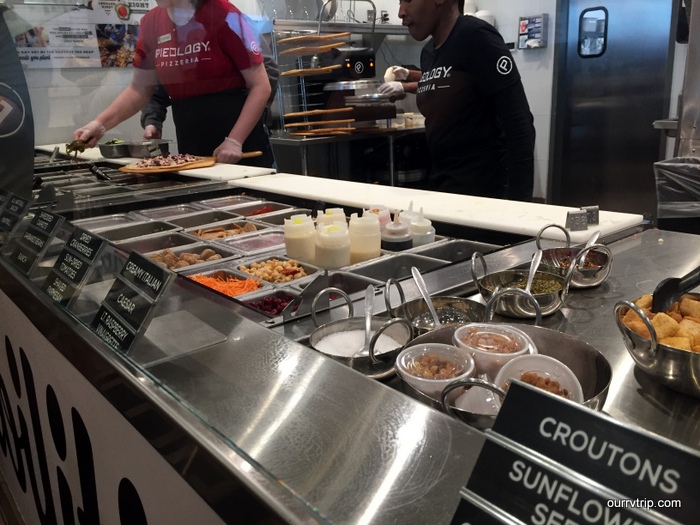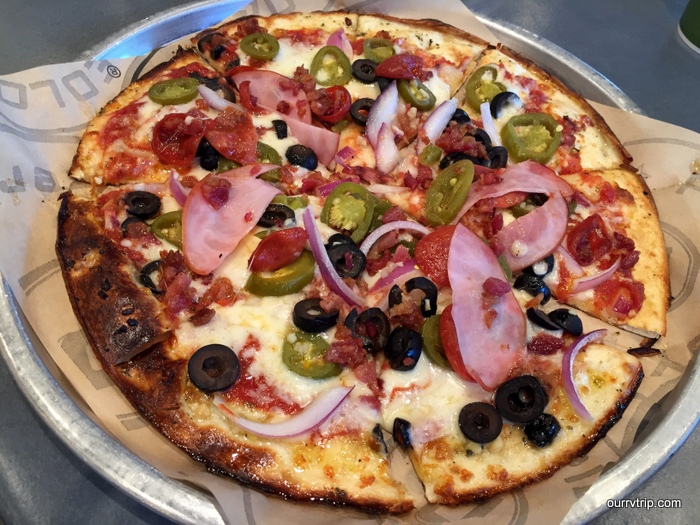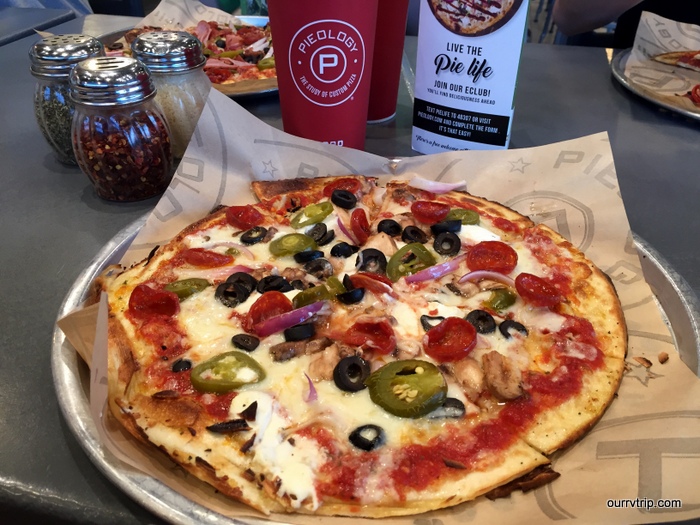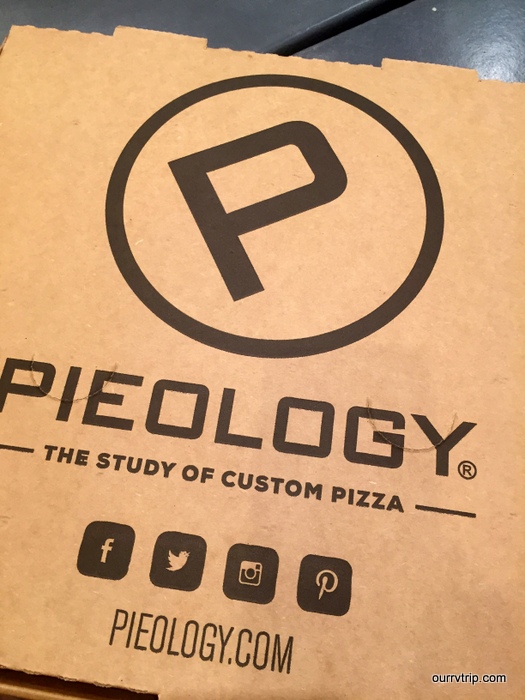Vicksburg National Military Park
Abraham Lincoln thought that Vicksburg was “the key” to winning the Civil War. The Vicksburg National Military Park has a 16 mile road that winds through some of the major battlegrounds of the Siege of Vicksburg.
One of the cool things that the NPS offers at these battlefields is an audio tour of the park. There are usually a few different ones to choose from. We always get the longest, most detailed one. This time the longest one was two and a half hours. It took us over five hours to complete the whole driving tour. We get out at each stop and look around. Talk about it. One of the times we stopped and got out to look around we found some hidden canons.
…
Along with the audio tour we got this great little booklet. In the picture above you can see one of the stops. At this stop we learned about the Shirley House. This house was caught in the middle of a siege. The army dug a “honeycomb” of shelters all around the house during the battle. The house is still there today and so is the “honeycomb”. The shelters have all fallen down and been cleared away, but the land is still scarred from the battle.
…
…
The Illinois Memorial was the biggest memorial we saw. So much thought goes into each Memorial. On the Illinois Memorial there are 47 steps that lead up to the entrance. One for each of the 47 days of the Siege of Vicksburg. Inside the Illinois Memorial was this gorgeous seal.
…
We’ve been to several different battlefields, but this was the first time we found a tunnel!
We learned about the different types of artillery. You can see in the pic above that the opening isn’t smooth. It has notches. These notches are super important! They allow the artillery to go farther and with more accuracy.
I think, perhaps, our favorite stop on the tour was at the USS Cairo Museum where we learned about the Ironclad River Gunboats. On December 12, 1862, the USS Cairo became the very first armed warship to be sunk by a mine. They weren’t called mines at that point. They were called “torpedos” or “infernal machines”.
…
The NPS has restored bits of the Ironclad and installed walkways that allow you to really get inside and see the guts of the boat. The USS Cairo came equipped with 13 guns, including 3 large 64 pounder Navy smoothbores. Two and a half inch plate armor made of charcoal iron is what covered the mid section of the boat in order to protect the vital guts of the boat.
…
There was a model in the museum to show what the USS Cairo looked like. The USS Cairo sank in 12 minutes, but no lives were lost.
I did find a few pretties. I don’t know what tree this was, but it had pretties all over it.
…
We really enjoy the battlefields. We learn so much and it’s such a great way for the boys to really get an idea of what took place there. Instead of just reading about it in a book while sitting in a classroom, they get to walk around the grounds it took place. I didn’t go into extreme detail about each stop, but hopefully I’ve intrigued y’all enough to go visit the Vicksburg National Military Park!
See y’all down the road!



